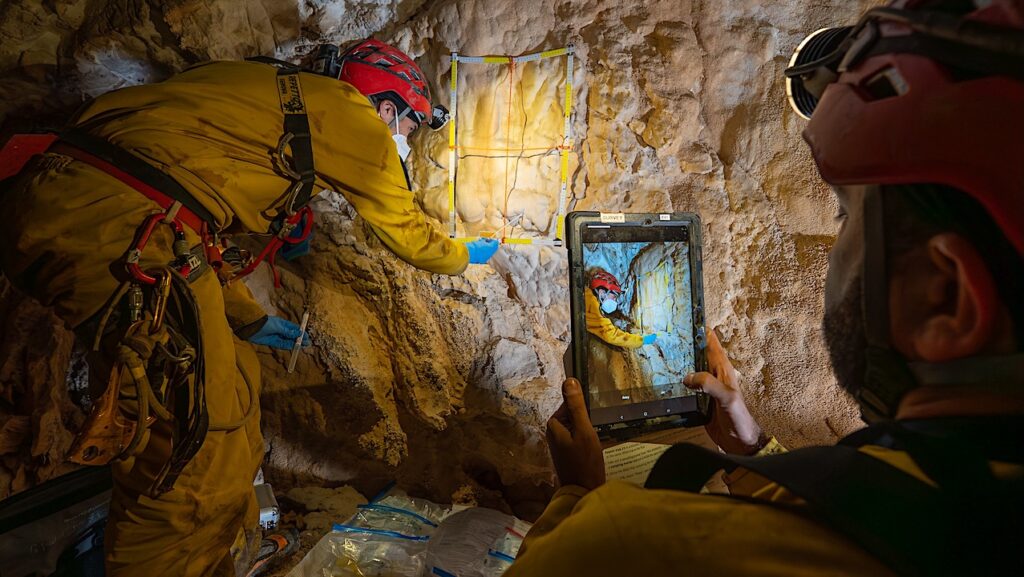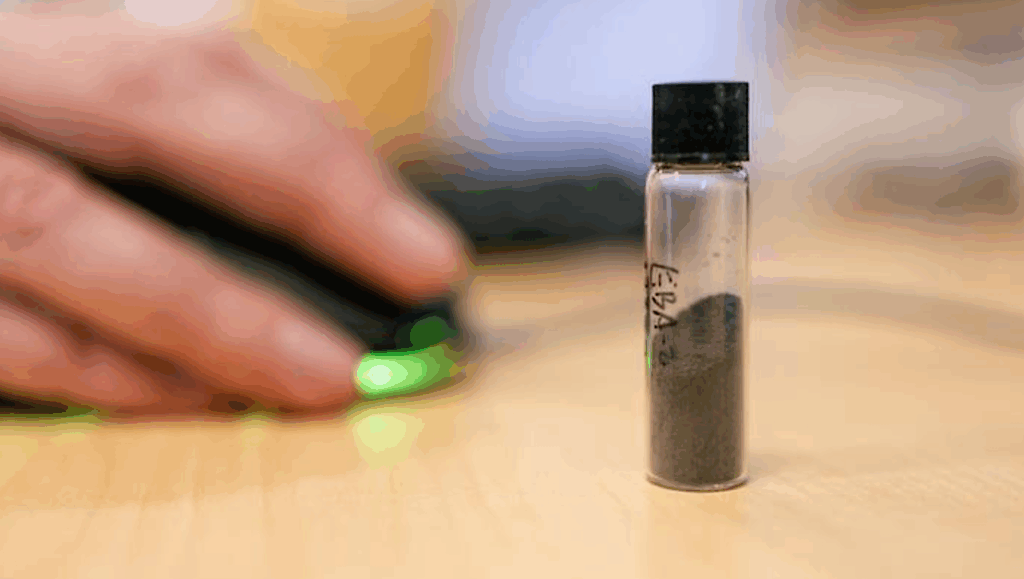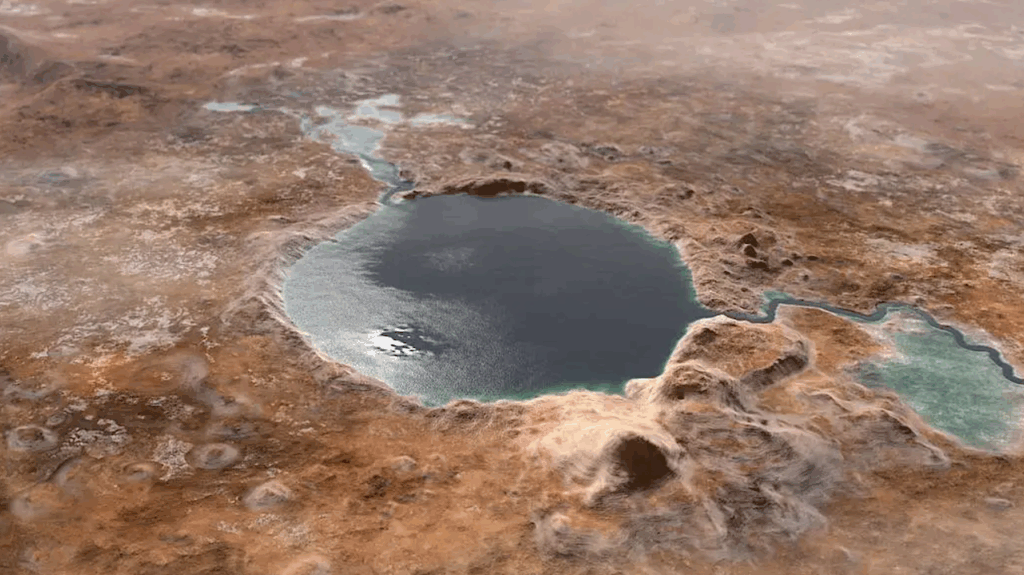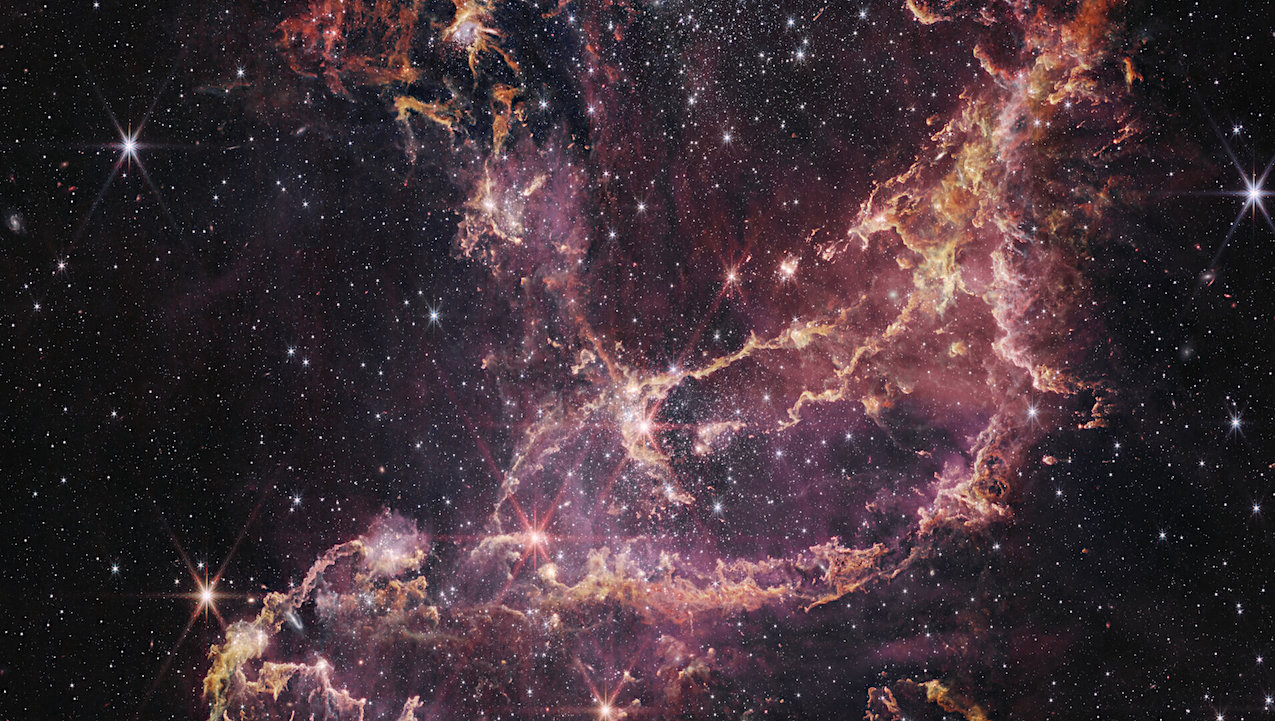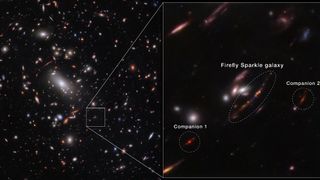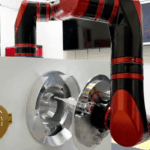Now Reading: Desert Planet Orbital Recon: MRO Images Mars InSight Lander to Study Dust Movement
-
01
Desert Planet Orbital Recon: MRO Images Mars InSight Lander to Study Dust Movement
Desert Planet Orbital Recon: MRO Images Mars InSight Lander to Study Dust Movement
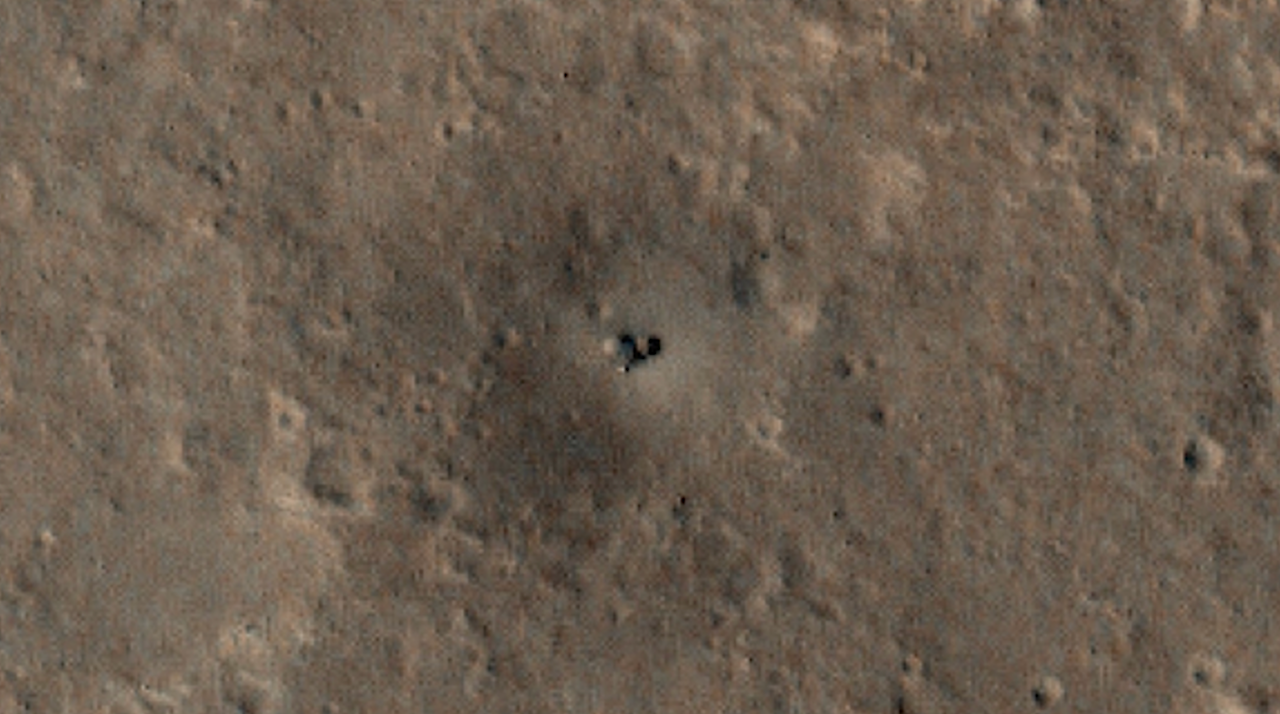

NASA’s Mars Reconnaissance Orbiter (MRO) caught a glimpse of the agency’s retired InSight lander recently, documenting the accumulation of dust on the spacecraft’s solar panels. In the new image taken Oct. 23 by MRO’s High-Resolution Imaging Science Experiment (HiRISE) camera, InSight’s solar panels have acquired the same reddish-brown hue as the rest of the planet.
After touching down in November 2018, the lander was the first to detect the Red Planet’s marsquakes, revealing details of the crust, mantle, and core in the process. Over the four years that the spacecraft collected science, engineers at NASA’s Jet Propulsion Laboratory in Southern California, which led the mission, used images from InSight’s cameras and MRO’s HiRISE to estimate how much dust was settling on the stationary lander’s solar panels, since dust affected its ability to generate power.
NASA retired InSight in December 2022, after the lander ran out of power and stopped communicating with Earth during its extended mission. But engineers continued listening for radio signals from the lander in case wind cleared enough dust from the spacecraft’s solar panels for its batteries to recharge. Having detected no changes over the past two years, NASA will stop listening for InSight at the end of this year.
Scientists requested the recent HiRISE image as a farewell to InSight, as well as to monitor how its landing site has changed over time.
“Even though we’re no longer hearing from InSight, it’s still teaching us about Mars,” said science team member Ingrid Daubar of Brown University in Providence, Rhode Island. “By monitoring how much dust collects on the surface — and how much gets vacuumed away by wind and dust devils — we learn more about the wind, dust cycle, and other processes that shape the planet.”
NASA’s InSight Mars lander acquires the same reddish-brown hue as the rest of the planet in a set of images from 2018 to 2024 that were captured by the agency’s Mars Reconnaissance Orbiter using its High-Resolution Imagine Science Experiment (HiRISE) camera. Credit: NASA/JPL-Caltech/University of Arizona
Dust Devils and Craters
Dust is a driving force across Mars, shaping both the atmosphere and landscape. Studying it helps scientists understand the planet and engineers prepare for future missions (solar-powered and otherwise), since dust can get into sensitive mechanical parts.
When InSight was still active, scientists matched MRO images of dust devil tracks winding across the landscape with data from the lander’s wind sensors, finding these whirling weather phenomena subside in the winter and pick up again in the summer.
The imagery also helped with the study of meteoroid impacts on the Martian surface. The more craters a region has, the older the surface there is. (This isn’t the case with Earth’s surface, which is constantly recycled as tectonic plates slide over one another.) The marks around these craters fade with time. Understanding how fast dust covers them helps to ascertain a crater’s age.
Another way to estimate how quickly craters fade has been studying the ring of blast marks left by InSight’s retrorocket thrusters during landing. Much more prominent in 2018, those dark marks are now returning to the red-brown color of the surrounding terrain.
HiRISE has captured many other spacecraft images, including those of NASA’s Perseverance and Curiosity rovers, which are still exploring Mars, as well as inactive missions, like the Spirit and Opportunity rovers and the Phoenix lander.
“It feels a little bittersweet to look at InSight now. It was a successful mission that produced lots of great science. Of course, it would have been nice if it kept going forever, but we knew that wouldn’t happen,” Daubar said.
More About MRO and InSight
The University of Arizona, in Tucson, operates HiRISE, which was built by Ball Aerospace & Technologies Corp., in Boulder, Colorado. A division of Caltech in Pasadena, California, JPL manages the MRO project and managed InSight for NASA’s Science Mission Directorate, Washington.
The InSight mission was part of NASA’s Discovery Program, managed by the agency’s Marshall Space Flight Center in Huntsville, Alabama. Lockheed Martin Space in Denver built the InSight spacecraft, including its cruise stage and lander, and supported spacecraft operations for the mission.
A number of European partners, including France’s Centre National d’Études Spatiales (CNES) and the German Aerospace Center (DLR), supported the InSight mission. CNES provided the Seismic Experiment for Interior Structure (SEIS) instrument to NASA, with the principal investigator at IPGP (Institut de Physique du Globe de Paris). Significant contributions for SEIS came from IPGP; the Max Planck Institute for Solar System Research (MPS) in Germany; the Swiss Federal Institute of Technology (ETH Zurich) in Switzerland; Imperial College London and Oxford University in the United Kingdom; and JPL. DLR provided the Heat Flow and Physical Properties Package (HP3) instrument, with significant contributions from the Space Research Center (CBK) of the Polish Academy of Sciences and Astronika in Poland. Spain’s Centro de Astrobiología (CAB) supplied the temperature and wind sensors.
For more about the missions:
Astrobiology
Stay Informed With the Latest & Most Important News
Previous Post
Next Post
-
 012024 in Review: Highlights from NASA in Silicon Valley
012024 in Review: Highlights from NASA in Silicon Valley -
 02Panasonic Leica Summilux DG 15mm f/1.7 ASPH review
02Panasonic Leica Summilux DG 15mm f/1.7 ASPH review -
 03How New NASA, India Earth Satellite NISAR Will See Earth
03How New NASA, India Earth Satellite NISAR Will See Earth -
 04From Polymerization-Enabled Folding and Assembly to Chemical Evolution: Key Processes for Emergence of Functional Polymers in the Origin of Life
04From Polymerization-Enabled Folding and Assembly to Chemical Evolution: Key Processes for Emergence of Functional Polymers in the Origin of Life -
 05And Thus Begins A New Year For Life On Earth
05And Thus Begins A New Year For Life On Earth -
 06Astronomy Activation Ambassadors: A New Era
06Astronomy Activation Ambassadors: A New Era -
07SpaceX launch surge helps set new global launch record in 2024












